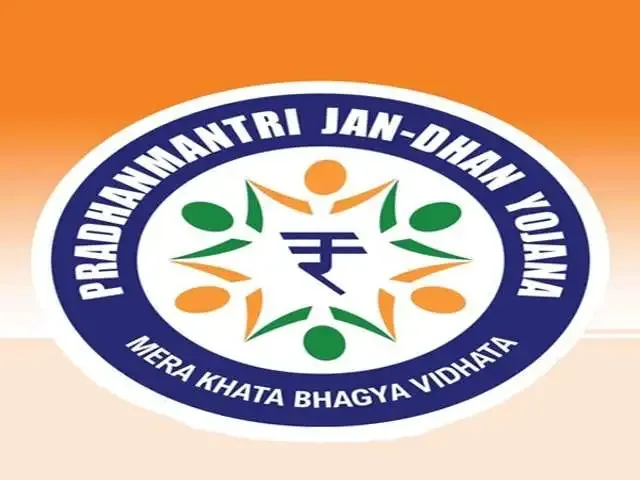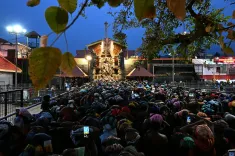How has PMJDY Revolutionized Financial Inclusion for Women and Marginalized Communities?

Synopsis
Key Takeaways
- PMJDY has transformed financial inclusion for women and marginalized groups.
- Over 50 crore accounts have been opened since its launch.
- The scheme has significantly increased digital transactions.
- It fosters economic empowerment through accessible banking.
- PMJDY has inspired similar initiatives globally.
New Delhi, Aug 13 (NationPress) The Pradhan Mantri Jan Dhan Yojana (PMJDY) has significantly transformed financial inclusion in India over the last decade, particularly for women, rural, and marginalised communities, as highlighted by Tuhin A Sinha, a national spokesperson for the BJP.
In a media article, Sinha elaborated on how PMJDY has emerged as a pivotal element in India’s socio-economic evolution, establishing a global standard by enhancing banking access for all.
Initiated in August 2014 by Prime Minister Narendra Modi, the PMJDY initiative aimed to integrate every unbanked household into the formal financial framework.
PM Modi referred to this scheme as a “festival that celebrates the emancipation of the impoverished from a debilitating cycle.”
Over the past decade, it has “facilitated smooth government transfers, empowered underprivileged communities, and established the groundwork for India’s digital financial landscape,” stated Sinha.
“The initiative's beneficial outcomes have surpassed initial projections and established a commendable example for global financial inclusion,” he added.
Describing PMJDY’s objective of universal banking access as “bold,” he praised the scheme’s architecture, including zero-balance accounts, minimal documentation, and complimentary RuPay debit cards equipped with accident insurance, which have boosted accessibility for the most impoverished.
Moreover, Sinha pointed out that the scheme’s emphasis on the financial inclusion of women, rural areas, and marginalised groups has raised the bar.
PMJDY has effectively closed gender and regional gaps, and its consent-based integration with Aadhaar and mobile numbers has created a strong framework for financial access. This model has also inspired nations in Africa and South Asia to adopt similar frameworks through India’s Global DPI Repository.
“The performance of PMJDY over the past decade stands as a testament to its transformative effect,” Sinha remarked.
Highlighting the remarkable growth, Sinha noted that the number of PMJDY accounts surged from 17.9 crore in August 2015 to 50.14 crore by August 2023. Only 8.2% of accounts are zero-balance, indicating active usage, with 81.2% operational as of August 2022.
Deposits have also increased 7.6 times between 2015 and 2022, showcasing heightened financial engagement.
The scheme’s outreach includes 67% of accounts in rural areas and 55.5% for women, emphasizing its inclusivity.
Similarly, propelled by RuPay cards and UPI, digital transactions soared—from 1,471 crore in FY 2017-18 to 11,394 crore by FY 2022-23.
RuPay card transactions at PoS and e-commerce rose from 67 crore in FY 2017-18 to 126 crore in FY 2022-23, while UPI transactions skyrocketed from 92 crore to 8,371 crore during the same timeframe.









